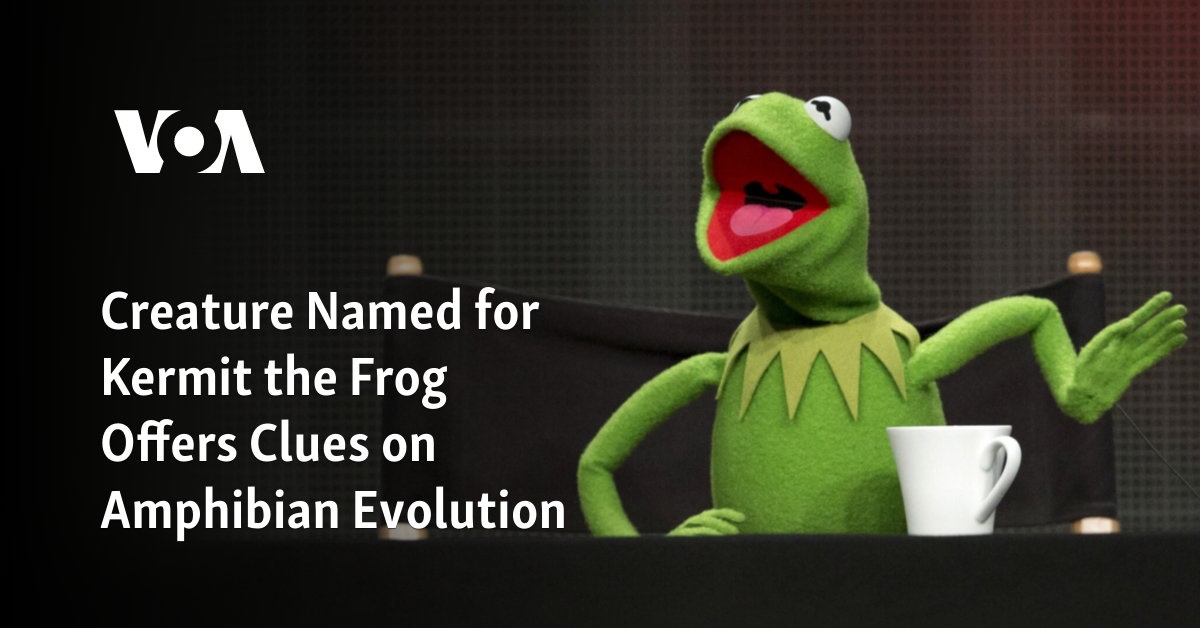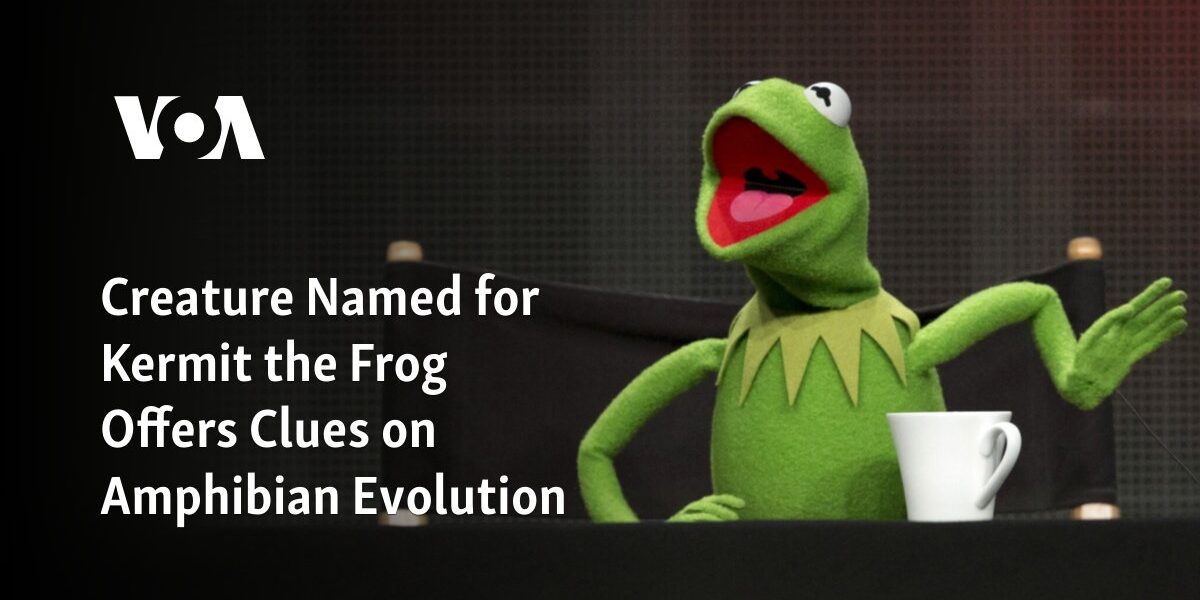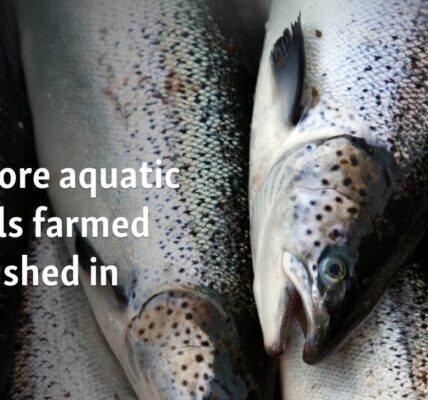A creature, named after Kermit the Frog, provides insights into the evolution of amphibians.

During the Permian Period, there were no Muppets present. However, there was a precursor to today’s amphibians that was named after the famous frog, Kermit.
On Thursday, experts revealed a preserved skull of an ancient species known as Kermitops gratus. This creature lived approximately 270 million years ago in what is currently the state of Texas. It is considered to be part of the evolutionary line that eventually led to the three main types of amphibians we know today: frogs, salamanders, and caecilians that lack limbs.
Although only the skull, which was approximately 3 cm in length, was unearthed, the scientists believe that Kermitops had a robust body similar to that of a salamander, measuring roughly 15-18 cm long. However, it is important to note that salamanders did not emerge until approximately 100 million years later.
Amphibians are among the four categories of terrestrial vertebrates, including reptiles, birds, and mammals. The distinct characteristics of the Kermitops skull, which combines both primitive and advanced traits, offer valuable information about the evolution of amphibians.
Calvin So, a doctoral student in paleontology at George Washington University and lead author of a study published in the Zoological Journal of the Linnean Society, states that Kermitops allows us to gain insight into the early evolution of amphibians. The study reveals that there is no distinct pattern of gradual transformation towards the characteristics of modern amphibians.
The fossil was discovered in 1984 in the vicinity of Lake Kemp, Texas and has been stored in the vast collection of the National Museum of Natural History in Washington, D.C. However, it was not closely examined until recently.
Kermitops had a curved snout, similar to frogs and salamanders. In its eye sockets, there were palpebral bones, which are missing in present-day amphibians. Its skull is composed of rooftop-shaped bones, unlike the thin and support-like bones of contemporary amphibians.
“The distance between the eyes and the front of the skull is greater than the distance between the eyes and the back of the skull, distinguishing it from other amphibian fossils of the same era. It is speculated that this anatomical feature may have contributed to Kermitops’ ability to quickly close its jaws and catch swift insect prey,” stated So.
The record of fossilized early amphibians and their predecessors is incomplete, posing a challenge in determining the origins of present-day amphibians.
Arjan Mann, a paleontologist and co-author of the study, stated that the unique anatomy of Kermitops highlights the significance of constantly incorporating new fossil evidence in solving this evolutionary puzzle.
Jim Henson, an American puppeteer, brought Kermit the Frog to life in 1955. A Kermit puppet from the 1970s can now be found at the Smithsonian’s National Museum of American History, recognized as a significant cultural item.
Kermitops is a term that refers to the face of Kermit, paying tribute to the Muppet’s comical appearance.
“We believed that the bones around the eyelids contributed to the fossil’s appearance of having large eyes, and when combined with a lopsided smile caused by minor damage during the fossil’s preservation, it strongly resembled the character Kermit the Frog,” So stated.
Kermitops was a member of a group known as temnospondyls, which emerged tens of millions of years after the first terrestrial vertebrates evolved from fish ancestors. The largest temnospondyls were similar in appearance to crocodiles, such as Prionosuchus and Mastodonsaurus, which reached lengths of around 6 meters each.
Mann stated that Temnospondyls are viewed as the ancestral species of present-day amphibians.
Kermitops was present approximately 20 million years prior to the most catastrophic period of mass extinction in the history of Earth, and approximately 40 million years before the emergence of the first dinosaurs. It coexisted with other species within the amphibian lineage, including the formidable Dimetrodon with its distinctive sail-like back. This creature is related to modern-day mammals.
The habitat of Kermitops seemed to shift between periods of warmth and humidity and periods of heat and dryness.
So stated that this setting would resemble the current monsoons found in the southwestern United States and Southeast Asia.
Source: voanews.com




